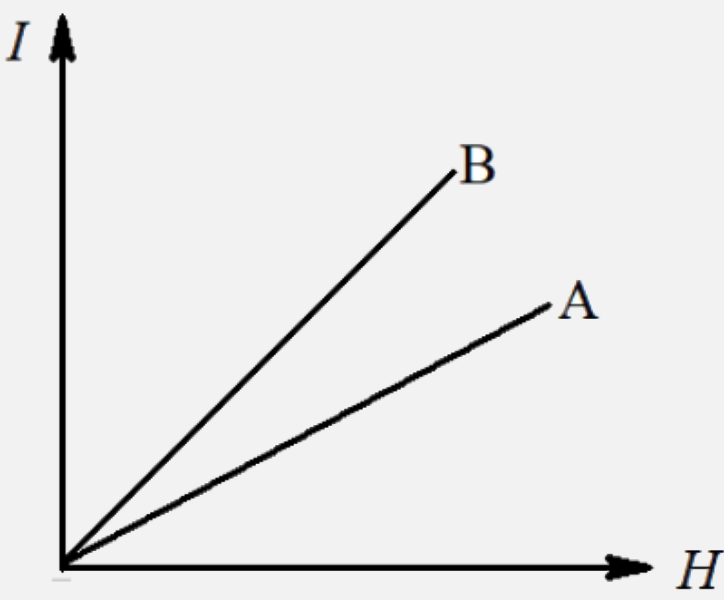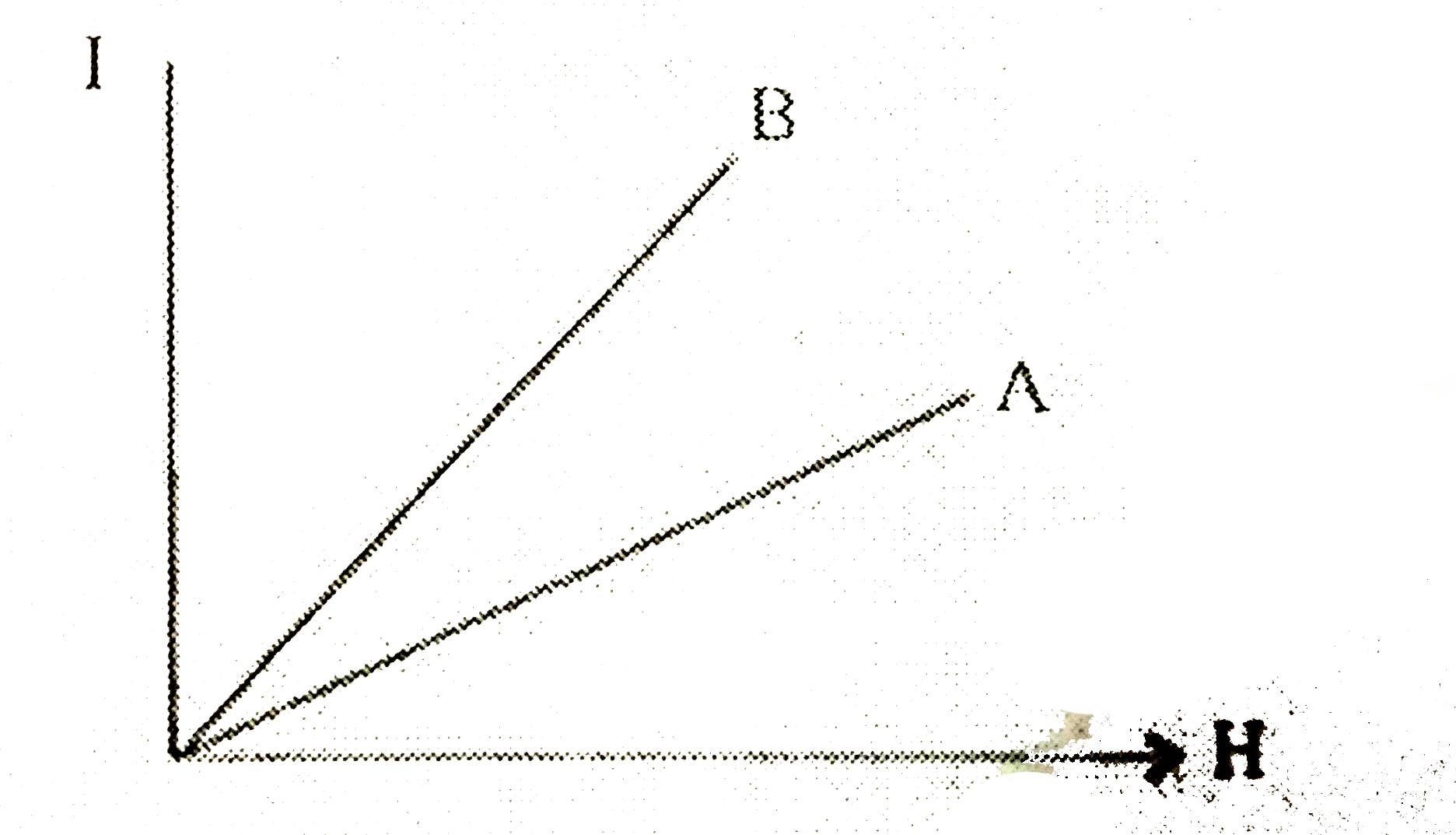Magnetic Susceptibility
Step-by-Step Solution for Magnetic Susceptibility
1. Definition of Magnetic Susceptibility:
- Magnetic susceptibility (denoted as χ) is a dimensionless quantity that indicates how much a material will become magnetized when exposed to an external magnetic field.
2. Formula for Magnetic Susceptibility:
- The magnetic susceptibility is mathematically defined as the ratio of the magnetization M of the material to the applied magnetic field intensity H.
- The formula is given by:
χ=MH
3. Understanding the Terms:
- Magnetization (M): This is the magnetic moment per unit volume of the material. It represents the extent to which a material can be magnetized.
- Applied Magnetic Field Intensity (H): This is the strength of the external magnetic field applied to the material.
4. Interpretation of Magnetic Susceptibility:
- A positive value of χ indicates that the material is paramagnetic or ferromagnetic, meaning it can be magnetized in the direction of the applied field.
- A negative value of χ indicates that the material is diamagnetic, meaning it will be magnetized in the opposite direction to the applied field.
- A value of χ=0 indicates that the material is non-magnetic.
5. Applications of Magnetic Susceptibility:
- Understanding magnetic susceptibility is crucial in various fields such as material science, geology, and engineering, as it helps in identifying the magnetic properties of materials.
- Magnetic susceptibility (denoted as χ) is a dimensionless quantity that indicates how much a material will become magnetized when exposed to an external magnetic field.
- The magnetic susceptibility is mathematically defined as the ratio of the magnetization M of the material to the applied magnetic field intensity H.
- The formula is given by:
χ=MH
- Magnetization (M): This is the magnetic moment per unit volume of the material. It represents the extent to which a material can be magnetized.
- Applied Magnetic Field Intensity (H): This is the strength of the external magnetic field applied to the material.
- A positive value of χ indicates that the material is paramagnetic or ferromagnetic, meaning it can be magnetized in the direction of the applied field.
- A negative value of χ indicates that the material is diamagnetic, meaning it will be magnetized in the opposite direction to the applied field.
- A value of χ=0 indicates that the material is non-magnetic.
- Understanding magnetic susceptibility is crucial in various fields such as material science, geology, and engineering, as it helps in identifying the magnetic properties of materials.
Topper's Solved these Questions
Similar Questions
For a diamagnetic substance, susceptibility is
View SolutionThe following figure shows the variation of intensity of magnetisation I versus the applied magnetic field intensity H, for two magnetic materials A and B

Which of the material have a larger susceptibility for a given field at constant temperature?
View SolutionThe magnetic field of 20CGS units produces of a flux of 2400 CGS units in a bar of cross section 0.2cm2 Calculate the (i) permeability and (ii) susceptibility of the bar.
View SolutionA paramagnetic substance of susceptibility 3×10−4 is placed in a magnetic field of 3×10−4Am−1. . Then , the intensity of magnetisation in units of A m−1 is
View SolutionThe following figure shows the variation of intensity of magnetisation versus the applied magnetic field intensity, H, for two magnetic materials A and B :
(a) Identify the materials A and B.
(b) Why does the material B, have a larger susceptibility than A, for a given field at constant temperature?

View SolutionThe relative permeability is represented by μr and susceptibility is denoted by χ for a magnetic substance then for a paramagnetic substance.
View SolutionThe relative permeability is represented by μr and susceptibility is denoted by χ for a magnetic substance then for a paramagnetic substance.
View SolutionAssertion: Suceptibility is defined as the ration of intensity of magnetisation I to magnetic intensituy H.
Reason: Greater the value of susceptibility smaller the value of intensity of magnetisation I.
View SolutionA magnetising field intensity of 10Am−1 is applied on a sample of paramagnetic material of susceptibility 1999. The net magnetic field inside the material is
View SolutionFind the per cent increase in the magnetic field B when the space within a current- carrying toroid is filled with aluminiu. The susceptibility of aluminium is 2.1×10−5.
View Solution
